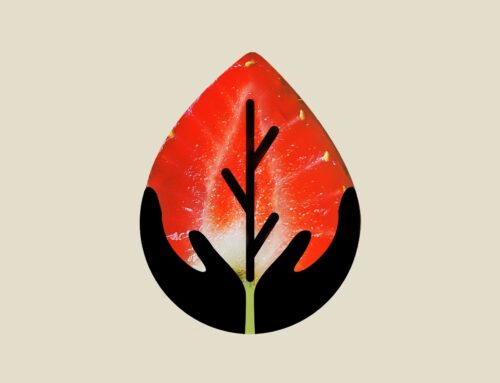Happy World Wetlands Day! We celebrate this UN international holiday each year on February 2nd to raise awareness about wetlands. Wetlands are degraded, drained, and have been lost at three times the rate of forests around the world since the 1700s. In Essex County, 97% of the original wetland area has been lost (Snell, 1989) – the most out of any region in Ontario.
The theme of World Wetlands Day 2023 is restoration. Wetlands are the unsung heroes of biodiversity and ecosystem function, providing habitat and also helping to keep water clean and healthy.
Here at HHL, undergraduate thesis students Kasey Brown and Rose Simard have been assessing wetland restoration projects implemented and stewarded by our partners Nature Conservancy Canada and Essex Region Conservation Authority and local farming partners. Conservation practitioners have initiated these projects which we have shaped into a regional study to provide a holistic view of these wetlands through detailed investigations of soil quality, water chemistry and an assessment of wetland plant biodiversity.
In their own words, why wetlands are so special:
“Some things that come to mind off the top of my head are their remarkable ability to sequester carbon from the atmosphere, improve water quality by filtering out contaminants, and their overwhelming ecological productivity . For me, I think each feels really special when I think about all the different species that they house – all the benthics, birds, a cute little muskrat, etc.”
– Kasey Brown (Wetland Water Chemist)
“Although my project focuses on created wetlands, it remains to be the case that conservation of existing native wetlands should be a priority as although restoration is important, it is very difficult/impossible to achieve the integrity of a naturally occurring wetland. This is particularly significant in Ontario with the new bill that may lead to more wetland destruction (Bill 23). And of course, their incredible biodiversity do to their heterogeneity in microhabitats (water depth, chemistry, topography, etc) providing suitable conditions for a variety of species.”
– Rose Simard (Wetland Plant and Soil Ecologist)
Snell, E. A. 1989. Recent wetland loss trends in southern Ontario. In Proceedings of the Conference on Wetlands: Inertia or Momentum. Edited by M. J. Bardecki and N. Patterson. Federation of Ontario Naturalists and Ryerson Polytechnical Institute. Toronto, ON. pp. 183-197.






